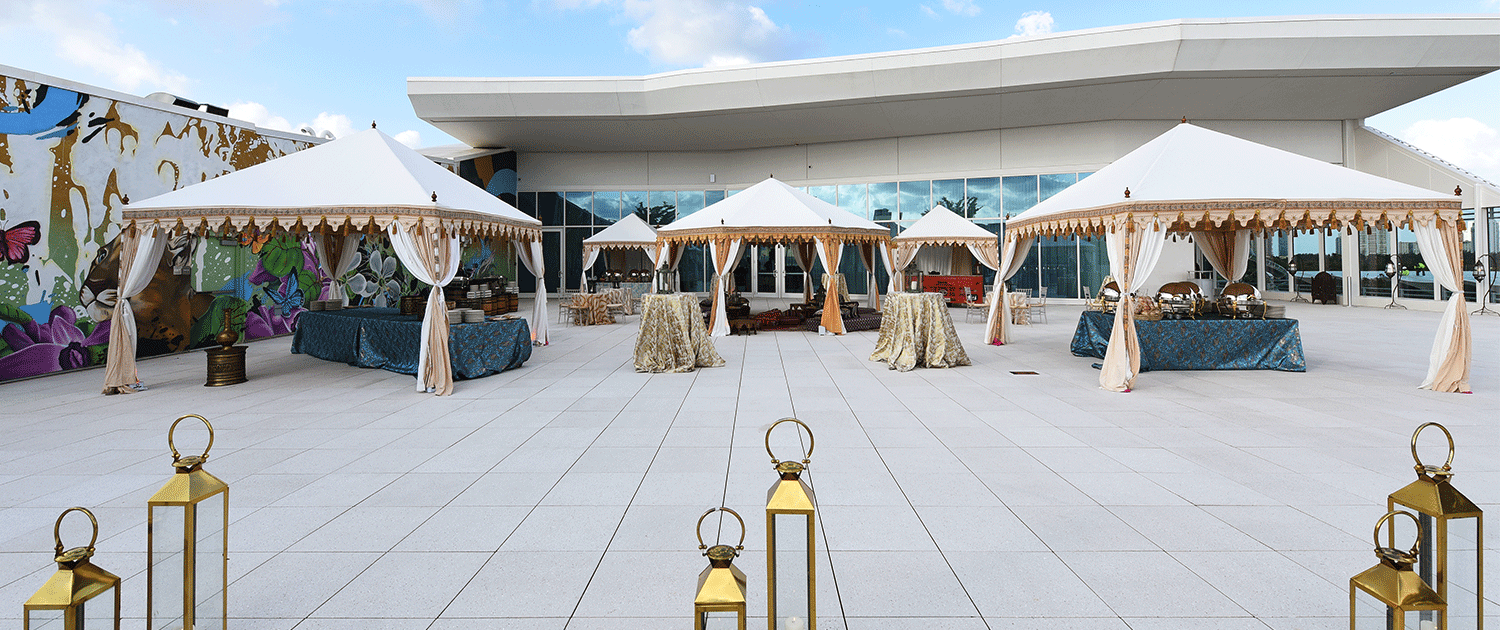Story
The Art of Jewish Weddings Across Cultures
By: LEVEL THREE
L’chaim – cheers to life! The art of celebration is at the heart and soul of Judaism, playing an integral role in the Jewish faith. Of the many rites of passage and ceremonies, matrimony is a hallmark experience brimming with long-lasting traditions and convivial celebrations. There are a multitude of Jewish cultures around the world, and they each celebrate love and unity in their own ways.
The true beauty of Jewish weddings is the unique interpretation of each rich tradition. Unveiling the bride during the bedeken, wedding nuptials under the chuppah, dancing the horah, and feasting on delicious traditional fare are all key elements of most Jewish weddings. “There are many different cultural nuances based on where a Jewish family stems from,” explains Lisi Korn of Forever Events. While the same sentimental value ties these traditions together across cultures, every Jewish subculture adds its own flavor to marriage celebrations.
Lively and lavish Latin weddings are all about the party. Korn reveals “the ‘on’ button is on all the time” and parties can run until the sun comes up the next morning. The timeline of a Latin wedding is far from traditional, so families must find vendors and a venue that can accommodate a late night affair. Prepare to dance all night!
American weddings, often observing Ashkenazic tradition, typically opt for a seated dinner. “Food is a very important part of Jewish weddings yet very different based on the culture of the family,” says Korn. Jewish American weddings often have a large seated feast, with multiple courses so food is enjoyed at the table throughout the entire event.
An important element that sets Moroccan Jewish weddings apart from its counterparts is the henna ceremony, also known as “berberisca,” a separate party that marks the beginning of a wedding celebration. Korn describes the henna party as a “thematic” tradition that is heavy on culture. The cocktail-style party transports guests to Morocco, with vibrant décor, traditional dishes, and Middle Eastern music. Wearing a dress code of traditional Moroccan caftans and headdresses, the bride and groom are carried in on luxurious ottomans like royalty. As music emanates through the hall, the couple raises their palms together in a show of joyful unity.
At a Henna, no stone is left unturned when it comes to food, music, and décor. The caterer plays a large role in evoking the culture, so hiring a team that understands Moroccan cuisine is crucial. From beautifully spiced dishes with North African and Spanish influence, to delectable desserts, a Henna is an excursion of flavor.
A Wedding to Remember
“No part of the event should be an afterthought,” Korn shares, “[And] each element should build momentum.” From the bedeken to the reception, every element should be balanced and create excitement as the night progresses. Regardless of the culture, Jewish ceremonies are meant to celebrate the joining of two hearts in a way that will leave a lasting impression. “It’s all about understated elegance. It is less about impressing and more about being memorable,” remarks Korn.

